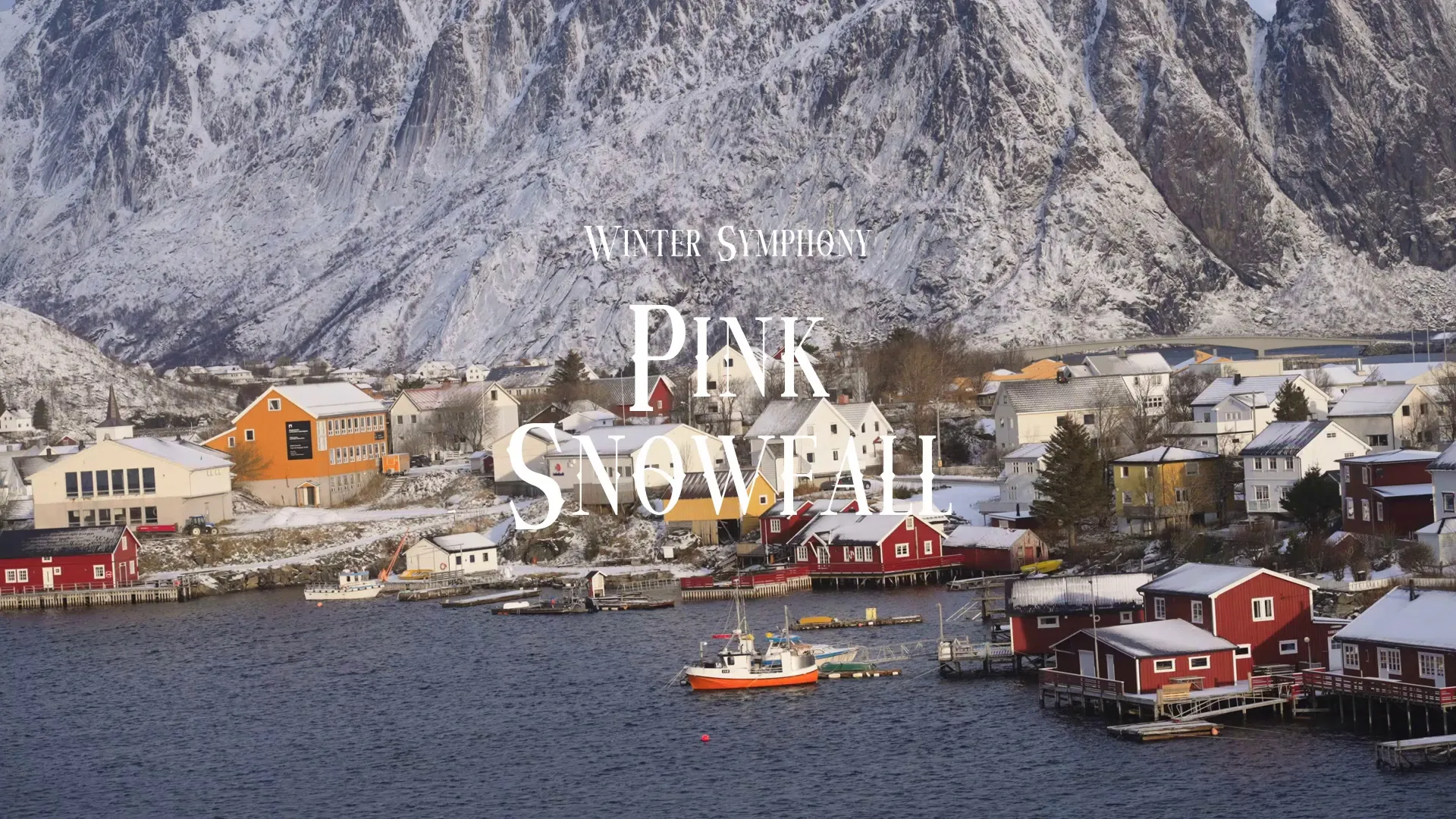The Silent Revolution of AI-Driven Navigation Meshes in Open-World Games
Beneath the sprawling vistas and emergent narratives of modern open-world games, a silent revolution unfolds. It’s not a graphical marvel, nor a physics-defying stunt, but a subtle shift in how virtual worlds understand and respond to the dynamism of life, driven by the quiet power of AI-driven navigation meshes. These intelligent systems are reshaping how games are built and experienced.
The Algorithmic Cartographer
Traditional navigation meshes, painstakingly crafted by level designers, were static prisons. Every path, every navigable surface meticulously defined. Such meshes became bottlenecks, stifling the very spontaneity open worlds sought to cultivate.
AI-driven navmeshes, however, learn and adapt. Consider, for instance, a forest fire sweeping through an environment. A static navmesh would render the area impassable, an unnatural barrier. An AI-driven system, conversely, can dynamically recalculate traversable areas as the fire progresses, characters intelligently fleeing the blaze, new paths forged amidst the destruction.
Emergent Behavior, Forged in Code
The true power resides in the emergent behaviors these dynamic navmeshes unlock. Imagine a herd of elk, responding to a predator’s presence. Instead of simply triggering a pre-scripted animation, their flight paths are now intelligently calculated based on terrain, obstacles, and the predator’s predicted movements, creating a truly believable and reactive ecosystem. This results in a far more organic and engaging gameplay experience.
Moreover, the emergent behavior extends beyond the AI characters themselves. Consider a destructible environment, where walls can be demolished and new pathways created. Traditional navmeshes would require constant manual updates, a Sisyphean task. An AI-driven system effortlessly incorporates these changes, allowing for genuinely dynamic level design.
The Designer’s Liberation
The manual creation of navigation meshes is a notorious time sink, diverting valuable resources from more creative endeavors. AI-driven navmeshes, by automating this process, liberate designers to focus on the artistic and narrative aspects of the game. This allows for greater focus on the holistic player experience.
This is not merely about saving time. It’s about fundamentally shifting the design paradigm. Instead of obsessively micromanaging pathfinding, designers can focus on creating the conditions for emergent gameplay, trusting the AI to handle the intricate details. This represents a significant step toward truly intelligent and responsive game worlds.
Navigating the Labyrinth: Challenges and Pitfalls
The implementation of AI-driven navigation meshes is not without its challenges. One common pitfall is the “uncanny valley” effect, where the AI’s behavior, while technically correct, feels unnatural or jarring. For instance, a character might choose the most efficient path, even if it’s a bizarre or unrealistic route. Careful tuning of the AI’s parameters and the integration of contextual awareness is crucial to avoid this.
Another challenge is computational cost. Dynamically recalculating navigation meshes can be resource-intensive, especially in large, complex environments. Optimizations, such as dividing the world into manageable chunks and using hierarchical navmesh structures, are essential for maintaining performance. Techniques like path smoothing and asynchronous updates can also help to mitigate performance bottlenecks.
Consider the case of No Man’s Sky. While the initial release faced criticism, the procedural generation of its vast worlds heavily relies on AI to manage traversable areas. Subsequent updates have clearly refined the AI-driven navigation, creating a more seamless and believable exploration experience. This highlights the iterative refinement necessary for success.
From Theory to Praxis: A Step-by-Step Guide
Let’s consider a simplified scenario: creating a dynamic navmesh for a small, procedurally generated island in a Unity game. This is a practical exercise to illustrate the concepts we’ve discussed.
Environment Generation: Utilize a procedural generation algorithm to create the island’s terrain, including varying elevations, water bodies, and obstacles. Tools like Perlin noise or Simplex noise can be employed for realistic terrain generation.
Initial Navmesh Generation: Implement a NavMeshSurface component in Unity to generate an initial navigation mesh based on the generated terrain. Configure the agent radius and step height parameters appropriately for your game’s characters.
Create a free account, or log in.
Gain access to free articles, game development tools, and game assets.





.webp)

















.webp)